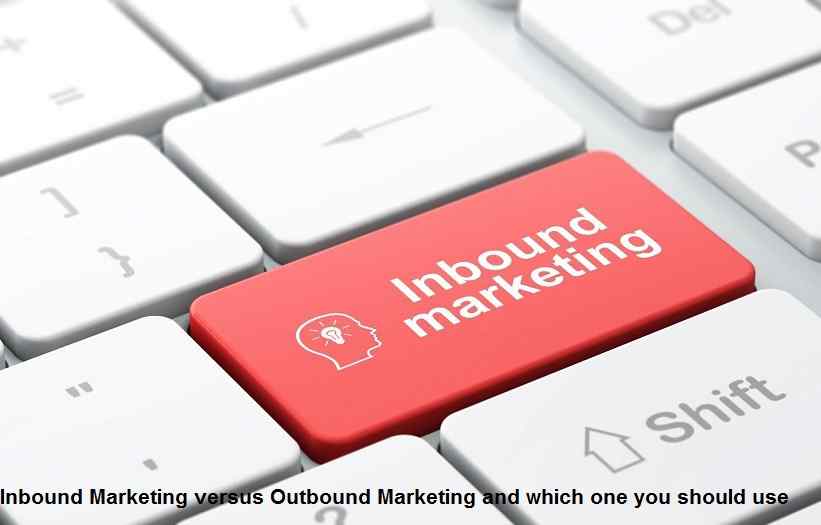A lot of marketing efforts fail because people match the wrong form of marketing with the market.
In my backyard at home, I have a beehive and I have my dog’s dinner bowl.
If I put a bunch of flowers and my dog’s dinner bowl he’s not going to “buy”. But if I put them in front of the beehive than the bees are swarming all over the flowers.
And if I put the steak in my dog’s dinner bowl, trust me, there is exactly zero selling required.

If you pour money, time and effort into outbound marketing in an attempt to generate inbound leads for services, advice or software development projects, that’s very much like putting flowers into my dog’s dinner bowl. Don’t expect much of a response other than the odd confused stare.
Inbound Marketing versus Outbound Marketing:
This post explores the difference between inbound and outbound marketing and when you should use one as opposed to the other.
Various experts have different definitions of inbound versus outbound marketing, but most agree that the latter simply goes to the marketplace with a call to action and hopes that people will respond to that. The call to action might be to buy something or to call if they want more information.
Outbound marketing is very effective if you’re selling products or even low-cost services such as massage therapy. But it does not work well for professionals offering advice or some form of software development service.
By contrast to outbound marketing, inbound marketing is a two-step process. The first step is to offer the marketplace experience of your brand before any call to action that involves a prospect either purchasing or making a serious enquiry.
The “experience of your brand” is often known as content marketing and it potentially could include webinars or seminars as a first step.
Think of inbound marketing as being like offering prospects the first date prior to the proposal.
That’s a very fair analogy: outbound marketing assumes that someone is going to fall in love with what you’re offering at first sight, and you can skip all the mace messy dating stuff and go straight for the proposal.
And that will work just fine if you’re selling products such as golf clubs, dinner sets or houses.
But your fall flat on your face if you’re offering any sort of service, advice or development software that involves the prospect entering into a longer-term relationship with you.
The reason that professional service providers must engage with inbound marketing is that your prospects are going to be contemplating entering into a longer-term relationship with you.
Therefore, marketing services is far more like proposing marriage than it is selling a washing machine. Because you really need to invite prospects onto something that’s the equivalent of “a first date” before you “pop the question” and begin discussions on working together.
In my Inbound Marketing Book I explore the different types of inbound marketing and weigh up the relative merits in terms of their respective levels of efficiency and effectiveness.
But for now, just know that if you have a premium-priced service that requires any form of a long-term relationship with a prospective client, you absolutely must develop some form of inbound marketing lead generation system.